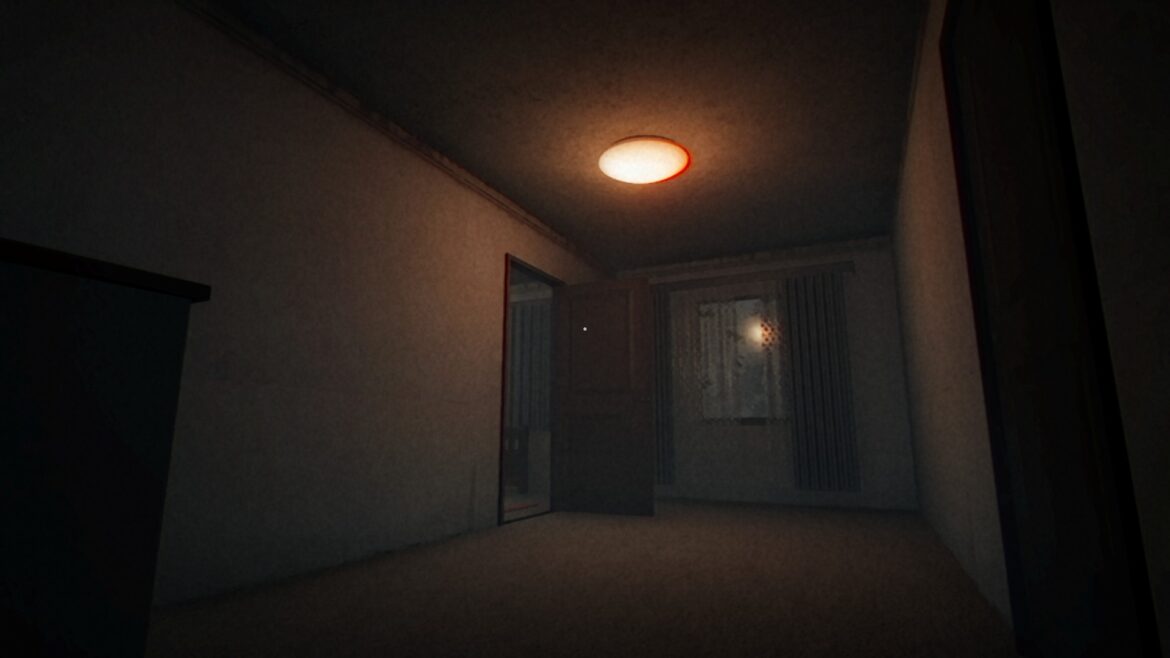Warning: This article will contain SPOILERS for the entire plot of The Kidnap.
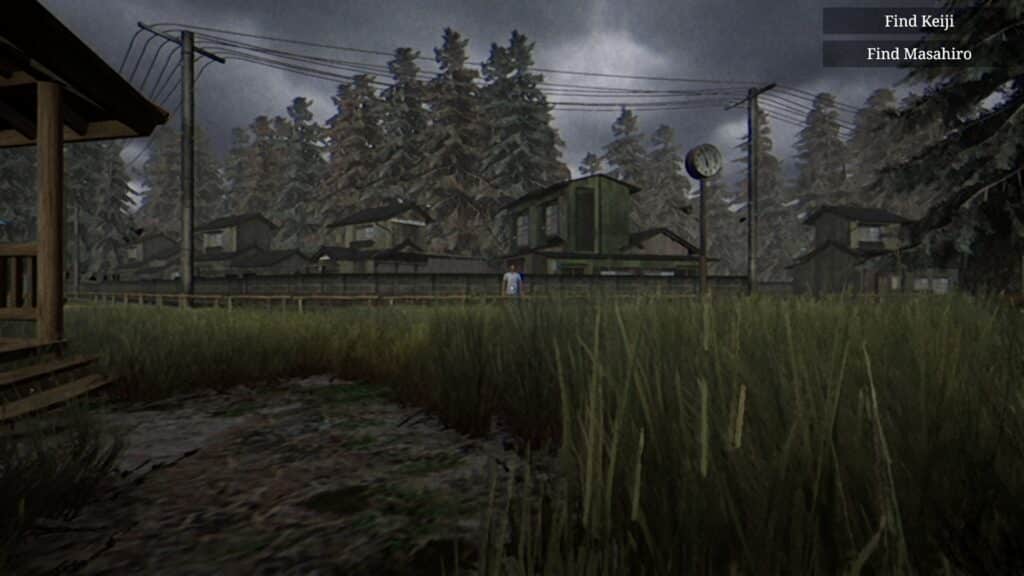
The Kidnap is the latest game from Chilla’s Art, the prolific Japanese indie horror developers. Lately, they’ve been on a tear with their release schedule, pumping out the pretty OK Night Security and the excellent Parasocial.
Hot off their latest release comes The Kidnap.
This is a story similar to Parasocial in that it doesn’t involve any paranormal aspects. This is a sad story about loss and neglect, abuse and responsibility. The tone here is decidedly bleak, and the contents of the story are very heavy. Dark themes like these, and an atmosphere of dread and uncertainty make for a short, compelling game that while enjoyable, follows the same pacing and story beats as most Chilla’s Art games. Let’s talk about it.
The Kidnap follows the story of two children, Renya and Sakiko who live in an increasingly dysfunctional home.
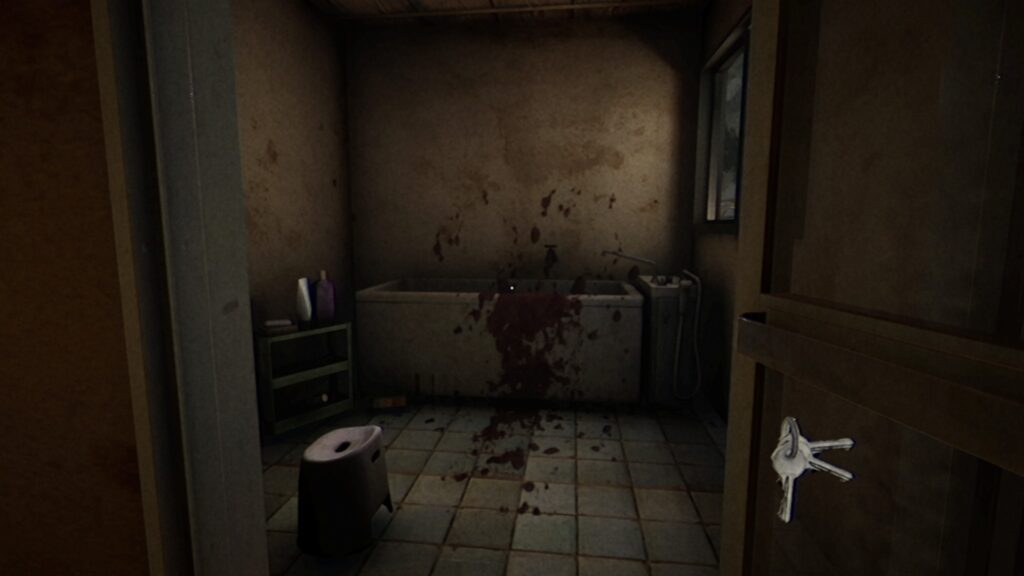
Their mother harbors a deep resentment for both children, going so far as wishing they’d never been born. It’s never made explicitly clear as to why she hates her children, but it culminates in her packing her bags and leaving them unceremoniously.
This abuse has notably manifested in their kids. Renya has a bedwetting problem that he’s ashamed about, and Sakiko strives to be a straight-A student to win her mother’s affection.
As with most Chilla’s Art games, the runtime is about an hour or two, and they do a good job establishing the family dynamic in an economical and effective way in The Kidnap. Good stuff.
Time passes, and the kids are now fending for themselves. Each day the house becomes more disheveled. Bags of trash litter the floor and the counters are covered in empty ramen bowls. It’s some great environmental storytelling that conveys just how poorly equipped these kids are to survive without their mother.
In between these segments you play through scenes of Renya at school, where the stage is set for the main events of the game.
Rumors are abound of a clown that wanders the countryside, kidnapping children.
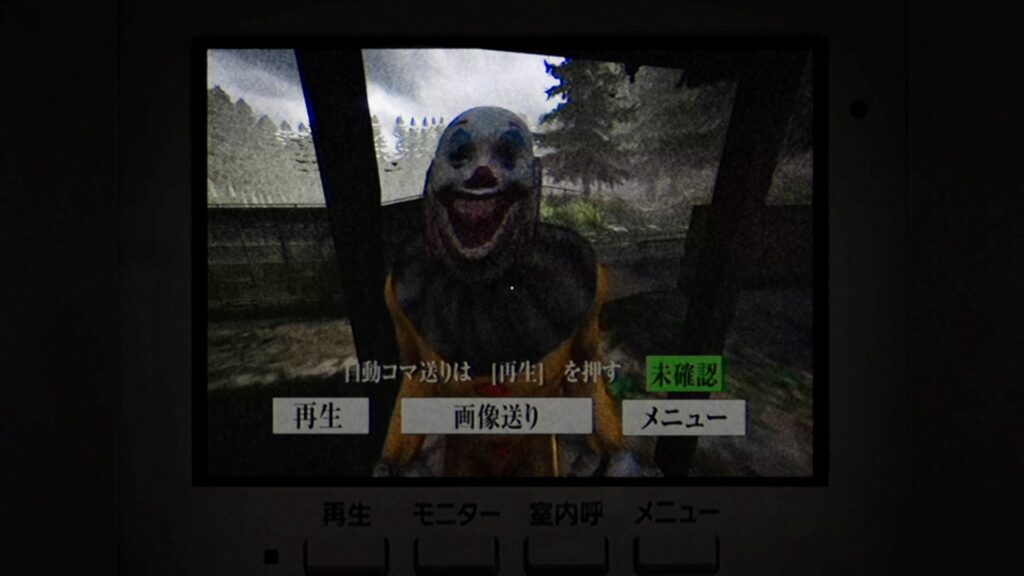
You are informed of these rumors as you run around with your friends, playing hide and seek and filching snacks from the local convenience store. The gameplay here is typical Chilla’s Art. Mechanically light but varied just enough in the moment to moment to never feel bored.
As also with most Chilla’s Art games, the slow buildup of tension in The Kidnap is excellent. It’s once you hear the rumors of the clown, and leave the safety of the school on your walk home that the tension really sets in.
The kids pass rumors and speculate on what’s going on while heading home. To me, this segment might be the highlight of the game. You get to spend a good amount of time just walking along with your friends, chatting about the clown. The whole time you’re focused on the surrounding trees, the whipping wind all around you and the listless overcast sky.
Nothing overtly scary happens but It’s a great moment that stands up with Chilla’s Art’s best scenes. The segment about the clown spurs the mystery forward for the rest of the game.
The Kidnap features the same kind of storytelling as most Chilla’s Art games. If you’re familiar with their pacing you’ll see how this one plays out ahead of time.
Things ramp up shortly thereafter. You spend a few more nights at home, killing time and anxiously hoping for your sister’s return. You practice your kanji writing, play video games, and scrounge for something to eat. It creates a claustrophobic feeling, being stuck at home with nothing to do but wait.
All the while in the back of your mind you’re thinking of the mysterious clown that’s been kidnapping kids in the woods. You’re keenly aware of how alone you are in a way that feels both thematically appropriate and works to create tension in the gameplay.
Shortly thereafter you go to sleep and experience a dream sequence where the clown is in your house, your sister is locked in a cage and the only way to free her is to pop balloons that have been littered around your house.
It’s spooky, sure, but it’s also really sad. It’s a childish hope of saving your sister, it’s how a kid thinks the world works when the reality is always so much darker. Good stuff.
The finale of The Kidnap is what you might expect.
Going back to knowing the cadence and pacing of Chilla’s Art games, you might see the ending sequence coming. The plot twist is nice, as it turns out the sister convinced a man to kidnap her, in hopes of forcing their mothers to return to rescue them. It’s sad and desperate and shows how unequipped these kids are to navigate life without their parent.
Depending on what you do, you’ll end up with one of three endings, all of which are terribly bleak. I commend Chilla’s Art for sticking to their guns and telling a story that doesn’t commit to its tone and themes.
Play The Kidnap if you’re looking to feel bad.
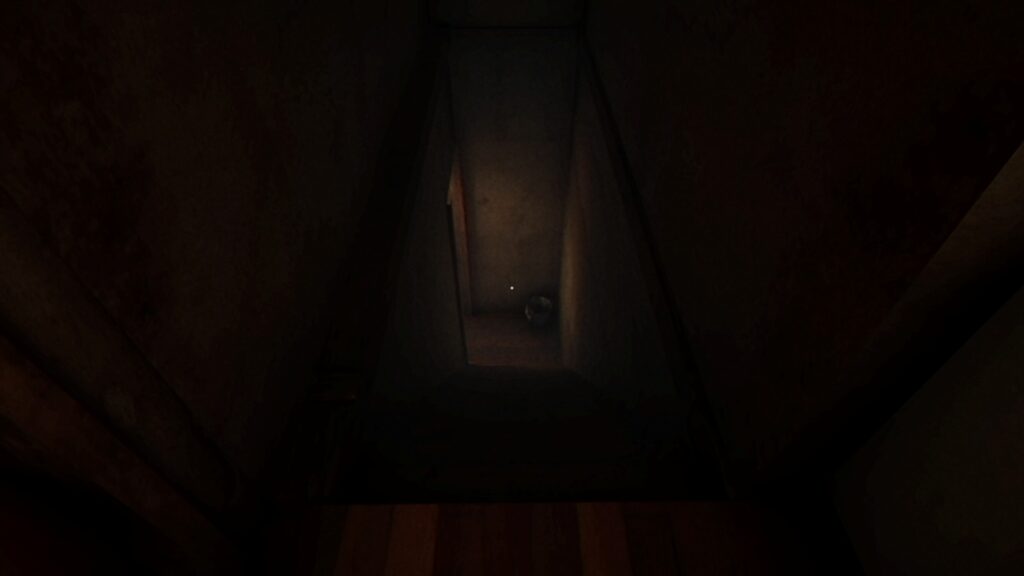
Chilla’s Art paint a hopeless picture of child abandonment in The Kidnap. The gameplay is light, the story is told in clunky English and with brevity to establish a scene and not much more.
But there is a certain charm to Chilla’s Art games, if you’re reading this you know what I’m talking about. With that charm they’re able to tell a story that somehow sticks.
The Kidnap might be a lighter game than most of Chilla’s Art’s offerings, but for the story and themes, the creeping dread and unrelenting atmosphere, it’s worth checking out for fans of these developers.
